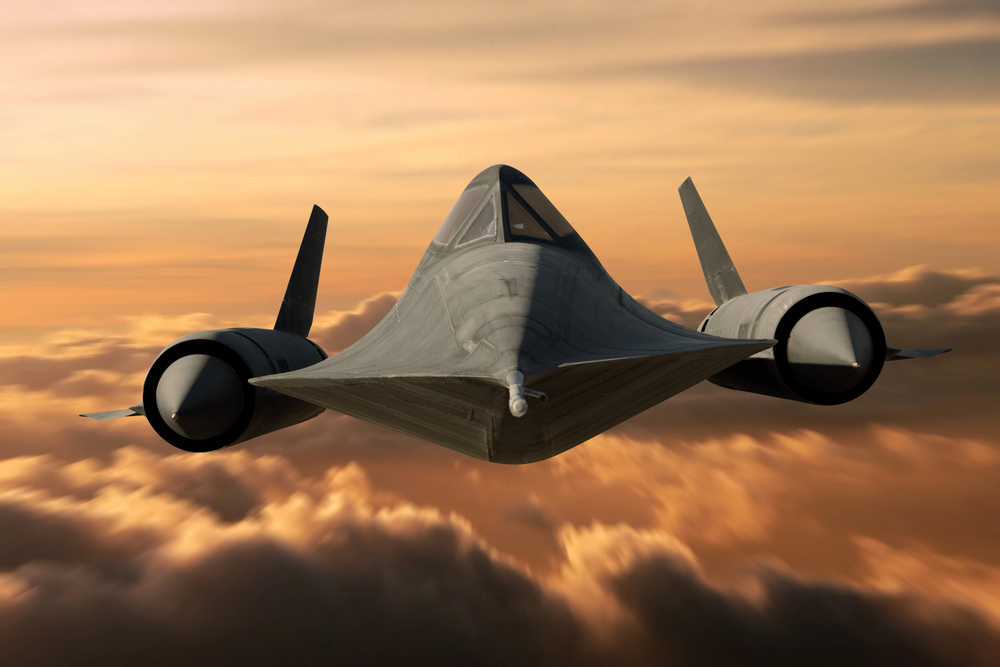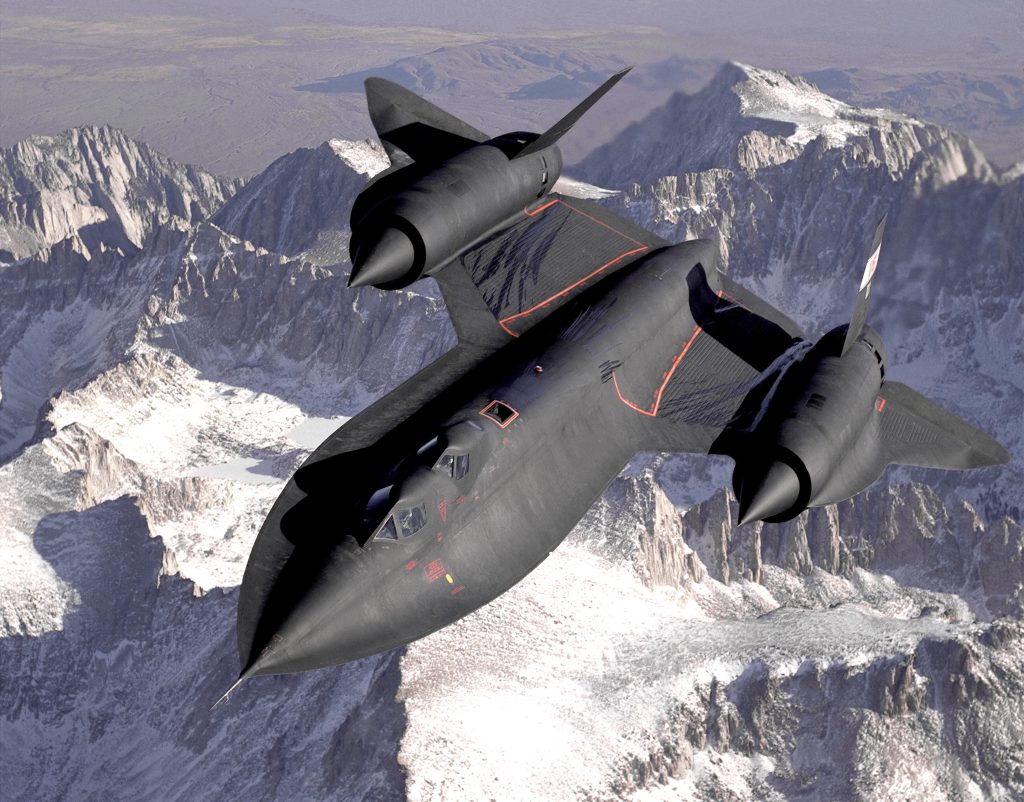
In the annals of military aviation, few aircraft have captured the imagination quite like the Lockheed SR-71 Blackbird. A marvel of engineering, the SR-71 still holds the record for the fastest air-breathing manned aircraft, more than two decades after its retirement. Equally impressive in its time was the F-4 Phantom, a versatile fighter-bomber that broke numerous records of its own.

This remarkable incident occurred during the Vietnam War, when a US Navy F-4 pilot, Jerry Hart, and his Radar Intercept Officer were flying a Barrier Combat Air Patrol (BARCAP) mission over the Gulf of Tonkin. They received a notification from “Red Crown,” the callsign for a support cruiser, about a friendly aircraft approaching from the north. This “friendly” was none other than an SR-71 exiting Chinese airspace over Hainan Island. Eager to catch a glimpse or perhaps even lock onto the SR-71, Hart maneuvered his F-4 in anticipation. As the Phantom’s radar antenna tilted upward to its maximum, a fleeting contact was made. The radar scope’s velocity circle spun wildly before the screen succumbed to darkness, overwhelmed by the SR-71’s extreme speed, which was far beyond anything the F-4’s radar could handle. Hart’s recounting of his radar going “completely black” was a testament to the Blackbird’s incredible performance.

The SR-71, designed by the visionary Clarence “Kelly” Johnson and his Skunk Works team, first took to the skies in December 1964. It reached unmatched speeds, with test pilot Jim Eastham pushing it to Mach 3.56 during a dive. The aircraft’s retirement in the late ’90s by the U.S. Air Force and NASA has done nothing to diminish its legend. Meanwhile, the F-4 Phantom, despite being a record-setter in its own right with 16 world speed and altitude records.

The contrast between these two aircraft is striking in retrospect. The F-4, is known for its size and power, with a top speed of Mach 2.23. It saw extensive use during the Vietnam War and beyond until its retirement in 1996, although some are still in service elsewhere. The SR-71, in contrast, was a product of advanced design and materials, including its heat-resistant titanium skin.
related images you might be interested.












